Your Guide to Healthy Hair Color That Actually Lasts
Ever sat in a salon chair, looked in the mirror, and quietly wondered, “Is this going to completely fry my hair?” It’s probably the most common fear I hear from clients, and it’s a valid one. Let’s be real: hair color is a chemical process. It’s going to change your hair, period. But does it have to mean devastating damage? Absolutely not.
In this article
Getting vibrant, long-lasting color without turning your hair to straw is all about a partnership between you and your stylist. It’s not about some magical, secret potion; it’s about understanding what’s actually happening to your hair and making smart choices. Once you get the basics, you can keep your hair strong, shiny, and looking fantastic. This is the stuff the pros know, and now you will too.
First, a Super Quick Science Lesson
To know how to protect your hair, you gotta know what it is. Picture a single strand of your hair. It has an outer layer called the cuticle, which looks a lot like shingles on a roof. When hair is healthy, these shingles lie flat, making it smooth and shiny. The middle layer, the cortex, is where the party’s at—it holds your natural color pigment and gives your hair its strength.
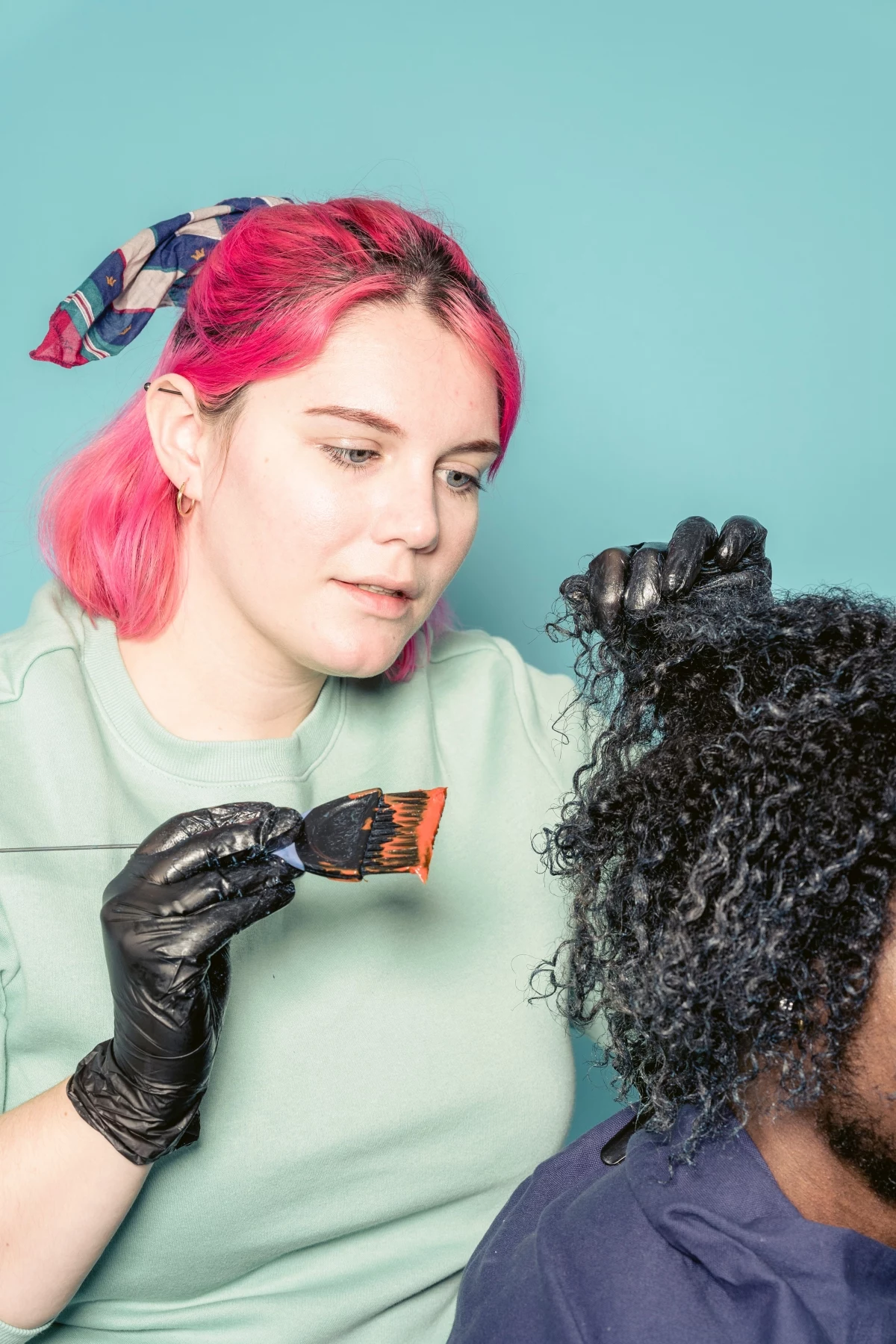
Permanent hair color has to do two things: first, get past those protective shingles, and second, change the color inside. Most colors use an alkaline agent, like ammonia, to swell the hair and lift the cuticle shingles. A lot of “ammonia-free” colors use an alternative called MEA (monoethanolamine). It doesn’t have the strong smell, which is nice, but it can still be a bit drying, so it’s not totally off the hook. Once the door to the cortex is open, a developer (hydrogen peroxide) lightens your natural pigment and helps the new color molecules get inside. These new molecules then link together, becoming too big to wash out. Voila, permanent color.
Lightener, or what most people just call bleach, is a bit more aggressive. Its only job is to dissolve your natural color pigment to create a blank canvas. This is why it has the most potential for damage, and why a good colorist is so meticulous about how they use it. We’re always walking a fine line!
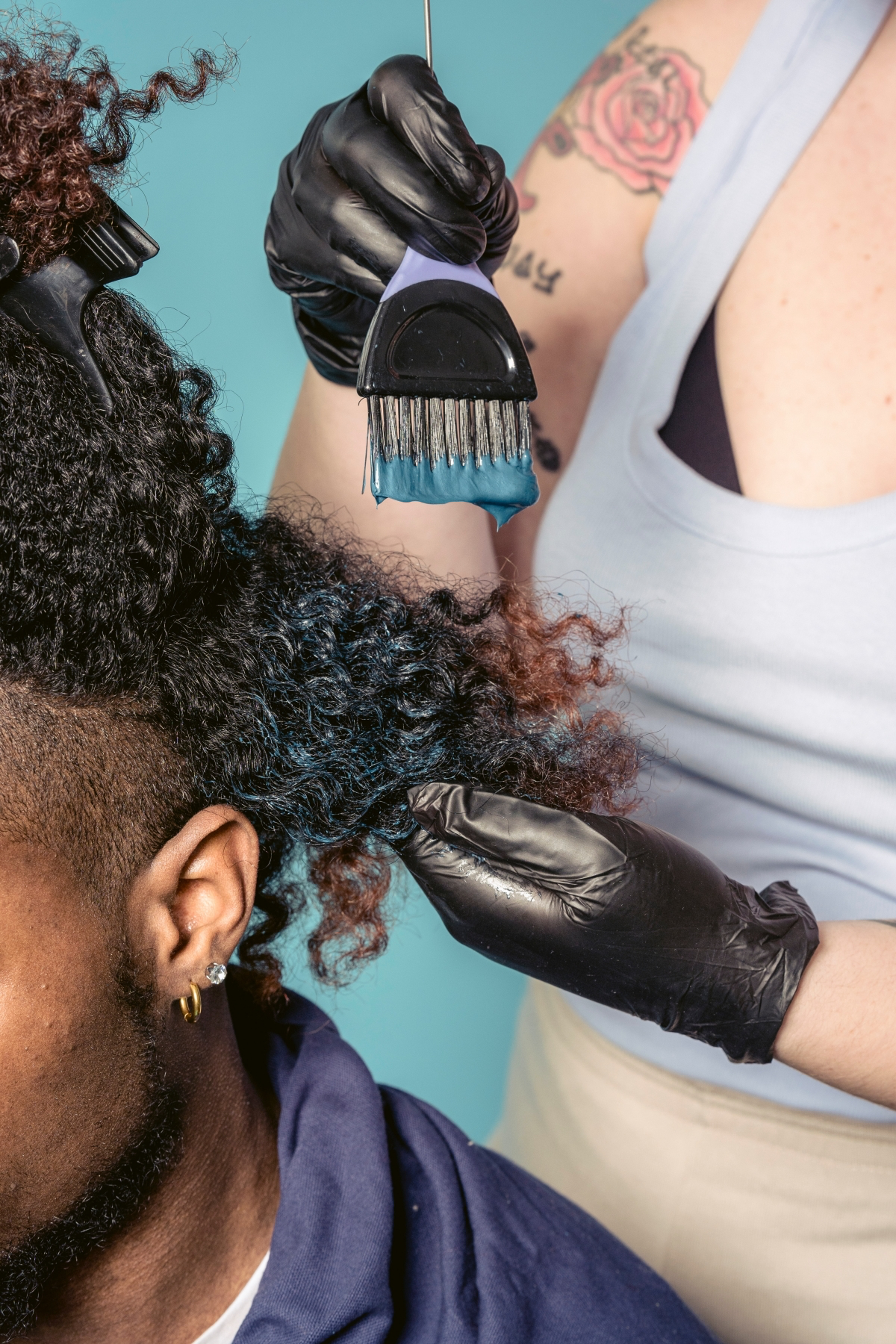
The Consultation: The Most Important 15 Minutes for Your Hair
Honestly, the success of your color is decided before a brush is even picked up. The consultation is everything. If your stylist just nods and starts mixing, that’s a red flag. A thorough pro needs to be a bit of a detective.
First, they need your hair’s resume for the last few years. Have you used box dye? What other services have you had? We’re not asking to judge your at-home dye job. We’re asking because some box dyes contain metallic salts that can literally react with professional lighteners, causing hair to get hot, smoke, or even melt. Seriously. Honesty here is a non-negotiable safety step.
Next comes the physical check-up. We feel for texture and check for breakage. But here are two key tests you can even do at home:
- The Elasticity Test: A stylist will gently stretch a wet strand. Healthy hair stretches a bit and bounces back. If it feels weak, gummy, or overly stretchy, it’s screaming for protein. If it barely stretches and just snaps, it’s thirsty and needs moisture.
- The Porosity Test: Porosity is just how well your hair absorbs moisture. We might spray a section with water to see if it beads up (low porosity) or soaks in instantly (high porosity). A super easy way to check this at home: drop a clean, dry strand of hair in a glass of water. If it floats, you have low porosity. If it sinks right away, you have high porosity. This tells your stylist how to formulate your color so it doesn’t go too dark or have trouble taking at all.
By the way, heading to a new salon? Don’t be afraid to interview the stylist. Here are a few questions you should absolutely ask:
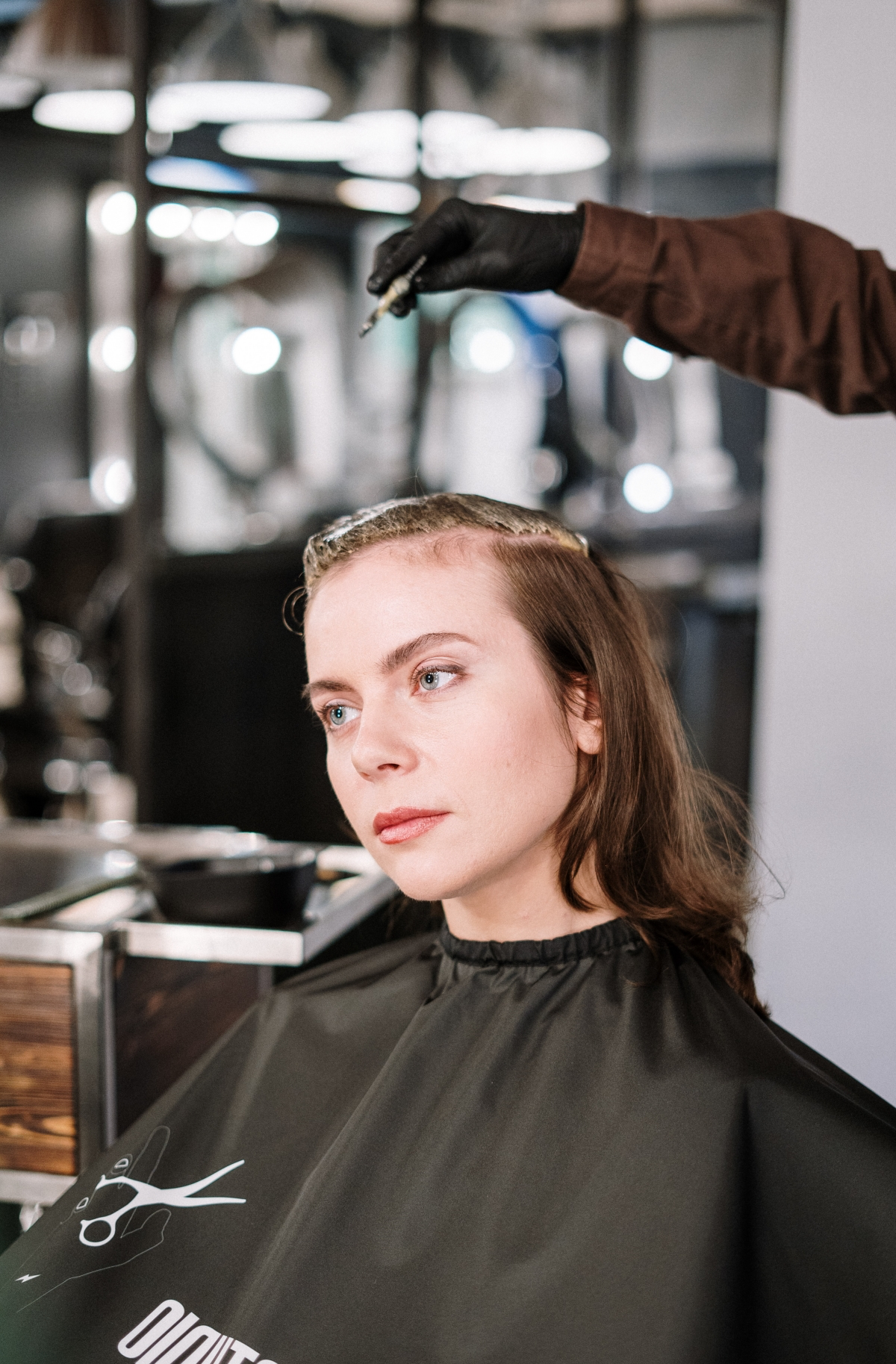
- What’s your plan for my hair today, and for the next 6 months?
- What kind of bond-building treatment do you use, and do you recommend it for me?
- Based on my hair’s condition, what developer strength do you think you’ll use?
- What challenges do you see with my hair history and my goal?
A great stylist will love your questions because it shows you’re a team.
Pro Techniques That Save Your Hair
What separates a so-so color job from an amazing one often comes down to the little details and a commitment to hair health.
One of the biggest game-changers has been bond-building treatments. You’ve probably heard of Olaplex, K18, or other similar products. These aren’t just fancy conditioners. They work inside the hair to repair the structural bonds that coloring breaks down. For any lightening service, I consider this a must. Good to know: Expect to pay an extra $25 to $60 for this add-on service. It’s an investment that’s cheaper than fixing major damage later.

Another key is using the right tool for the job, and that includes developer. Think of developer strength like this:
- 10 Volume: This is the gentle one. It’s mainly for depositing color when you don’t need any lift. Super low risk.
- 20 Volume: This is the industry workhorse. It’s perfect for covering gray and lifting your hair 1-2 shades. It’s the standard for most root touch-ups.
- 30 & 40 Volume: Now we’re in the high-power zone. These are needed for significant lightening, but they also swell the cuticle way more, increasing the risk of damage. A pro will only use these when absolutely necessary and with extreme care, not as a lazy shortcut.
And then there’s the application itself. A common cause of damage is overlapping color onto hair that’s already been processed. A meticulous colorist takes clean sections and applies color only to the new growth. It takes more time, but it prevents those brittle, weak bands from forming in your hair. We also watch the clock like a hawk, especially with lightener. Rinsing a few minutes too late can be the difference between gorgeous blonde and a dreaded “chemical haircut.”
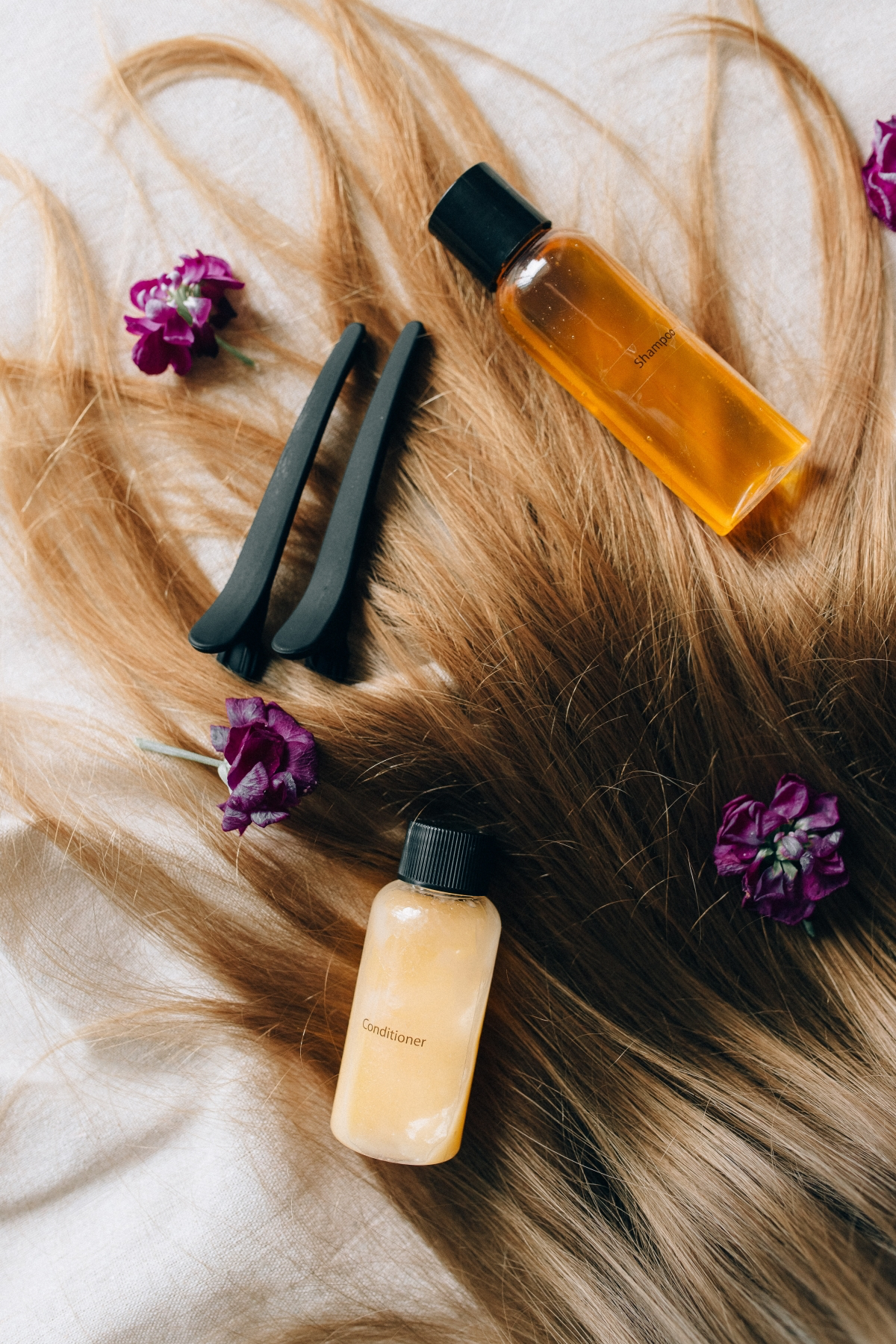
Your At-Home Care: How to Protect Your Investment
You can get the best color service in the world, but if you go home and treat your hair poorly, your color will fade and your hair will suffer. Here’s how you hold up your end of the bargain.
First, get the right products. For a freshly colored mane, a sulfate-free shampoo is non-negotiable. Sulfates are harsh detergents that strip color and natural oils. For a budget-friendly option, you can find something like L’Oreal EverPure at most drugstores for about $10. If you want to invest in a salon-grade product, Pureology is a fantastic choice, though it’ll run you closer to $30-$35.
Also, don’t over-wash! Try to go two or three days between washes, and use a good dry shampoo in between. When you do wash, use lukewarm water—hot water opens that cuticle right up and lets your color run down the drain.
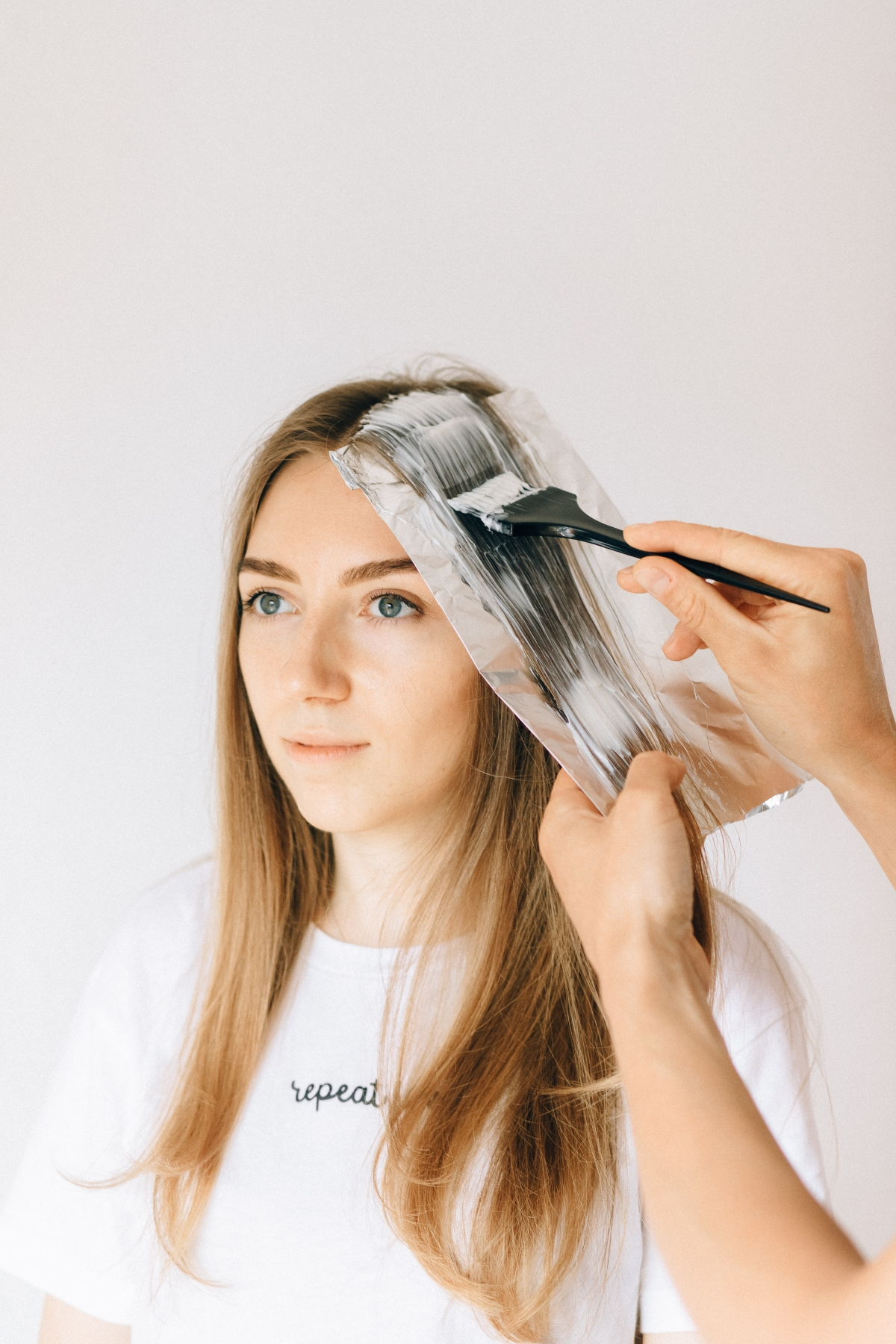
Weekly treatments are your new best friend. But do you need moisture or protein? Here’s a cheat sheet:
- If your hair feels mushy, weak, or overly stretchy when wet, it needs protein. Look for ingredients like keratin or amino acids.
- If your hair feels dry, crunchy, or brittle when dry, it needs moisture. Look for ingredients like hyaluronic acid or shea butter.
A good rule of thumb is to alternate, using a moisture mask one week and a light protein treatment the next to keep things balanced.
And please, please, use a heat protectant. Every single time. Using a hot tool on colored hair without it is asking for trouble. Keep your tools on a lower setting, too—you rarely need to go above 350°F (175°C).
Your Healthy Color Starter Pack:
- Sulfate-Free Shampoo: $10 – $35
- Color-Safe Conditioner: $10 – $35
- Heat Protectant Spray: $15 – $25
- Weekly Moisture Mask: $20 – $50
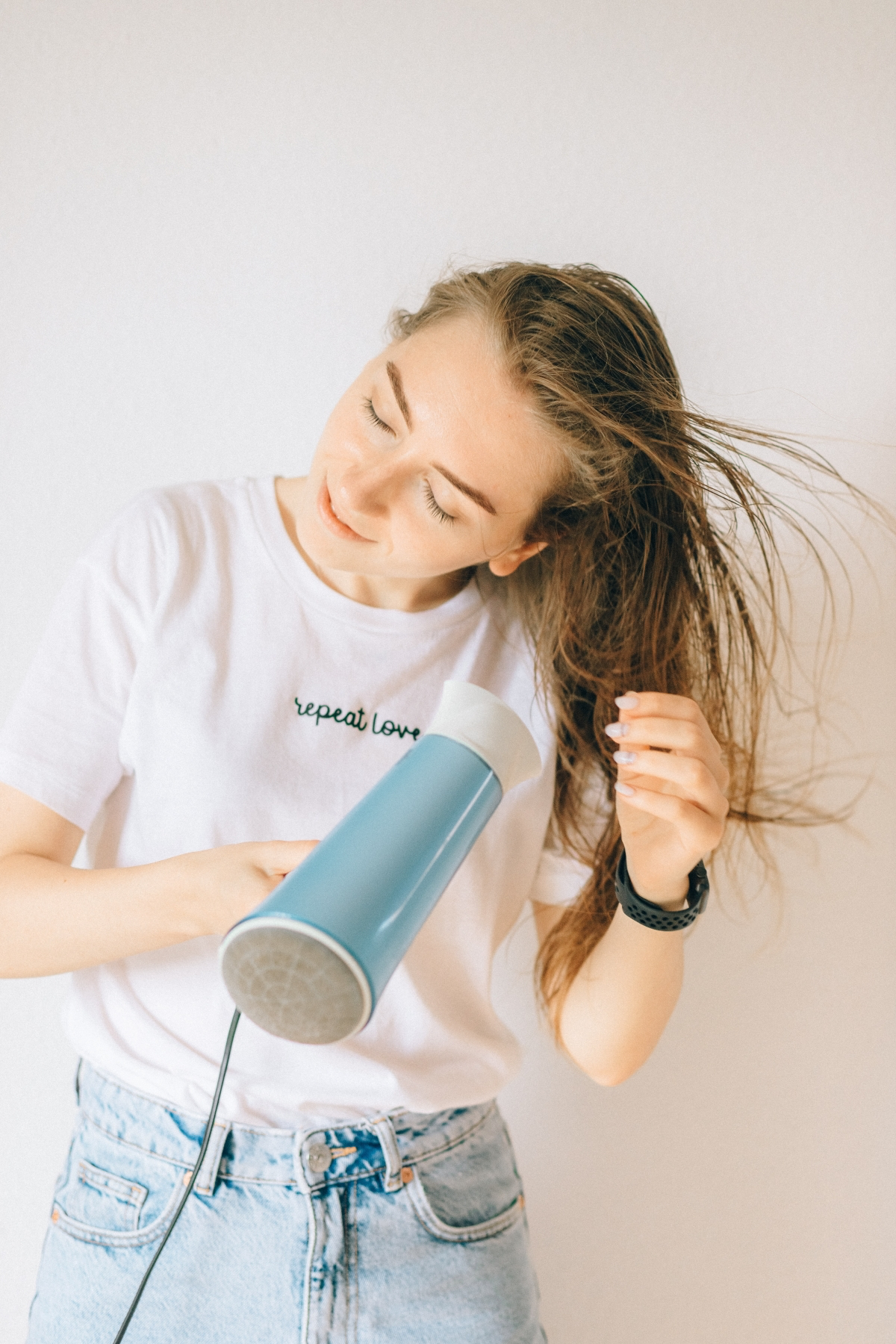
Big Changes & Fixing Mistakes
Sometimes you’re not just touching up roots; you’re going for a total transformation. Going from dark to light or fixing a color-gone-wrong is basically hair surgery.
Color corrections are tough because we’re often dealing with unknown chemicals from box dyes. This is why a strand test is mandatory. We take a tiny, hidden piece of hair and test our lightener on it to see how it will react. It prevents a full-head disaster.
And if you want to go from dark brown to platinum blonde? Be prepared for a journey. A responsible stylist will tell you upfront: this can’t be done in one day. It’s a process of three, four, or even more appointments spaced at least six weeks apart. Heads up: A serious color correction is an investment. It often starts around $300 and can easily climb to $1,000 or more depending on the complexity. But it’s the only way to get there with your hair still attached to your head.

The Bottom Line: Safety First
Above all, a true professional prioritizes your health and safety. That means doing a patch test 48 hours before your service to check for allergies. It’s a tiny inconvenience that can prevent a serious reaction.
It also means having the guts to say “no.” If a client’s hair is already severely compromised, the ethical thing to do is refuse a chemical service and recommend a treatment plan instead. A good stylist wants to make you feel beautiful, not take your money at the cost of your hair’s health.
So, is gorgeous, healthy colored hair a myth? Not at all. It’s the result of a smart stylist and a committed client working together. And it’s 100% achievable.
Inspiration:
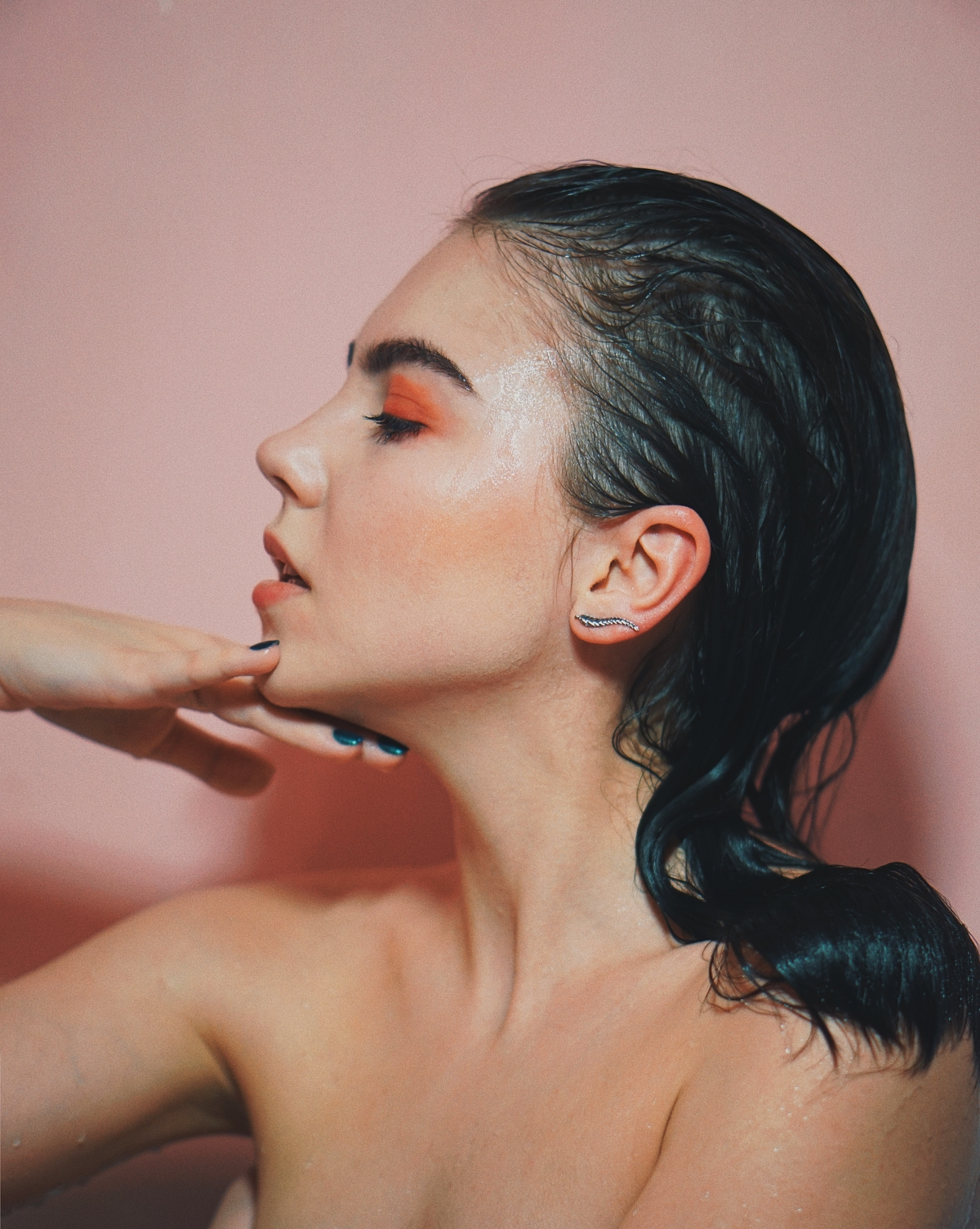
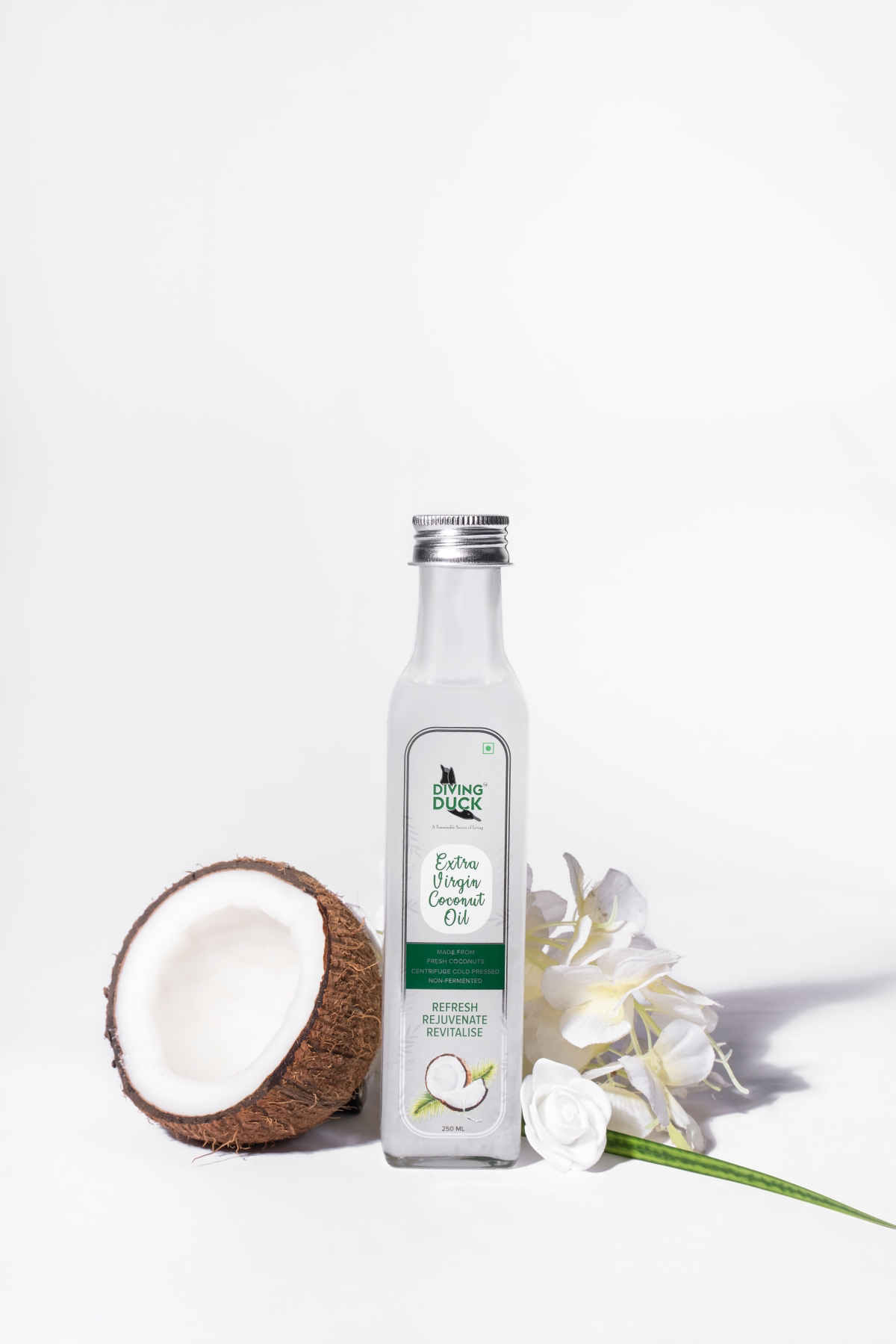
Permanent Color: Opens the hair cuticle to alter pigment from within. This creates a significant, lasting change but is a more intensive chemical process.
Hair Gloss/Glaze: Deposits color on the surface of the hair, sealing the cuticle. It enhances tone, adds incredible shine, and fades gradually without a harsh root line.
A gloss, like those from dpHUE or Madison Reed, is your best friend for refreshing faded color or trying a subtle new tone without the commitment of a full dye job.
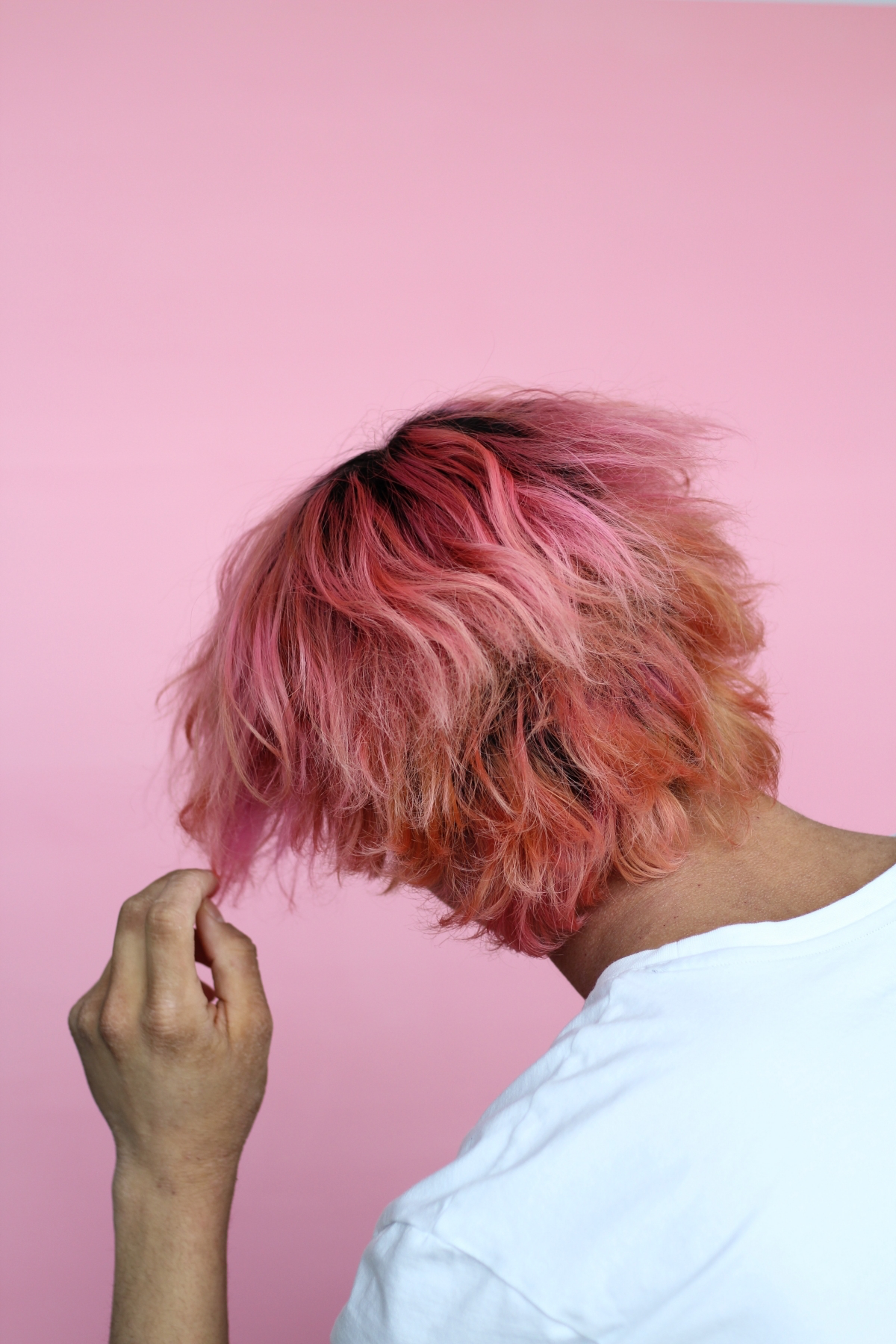
Fact: Over 90% of a hair strand’s strength comes from disulfide bonds in its cortex.
This is precisely what chemical services like coloring and lightening target and break down. The revolution in modern hair color comes from bond-building treatments like Olaplex and K18. These aren’t simple conditioners; their patented molecules actively find and re-link these broken bonds during the coloring process. It’s like having a construction crew rebuild your hair’s internal structure while the colorists are painting the walls. Ask your stylist to add it to your formula; it’s the ultimate damage insurance.
Your color is gorgeous—now lock it in! The first 48 hours post-salon are critical for longevity as the hair cuticle settles and closes.
- Wait at least two full days before your first wash to allow color molecules to fully set.
- When you do wash, use cool or lukewarm water. Hot water swells the cuticle, encouraging color to bleed out.
- Immediately switch to a sulfate-free, color-safe shampoo. Brands like Pureology or Redken’s Color Extend line are specifically formulated to be gentle on fresh color.










